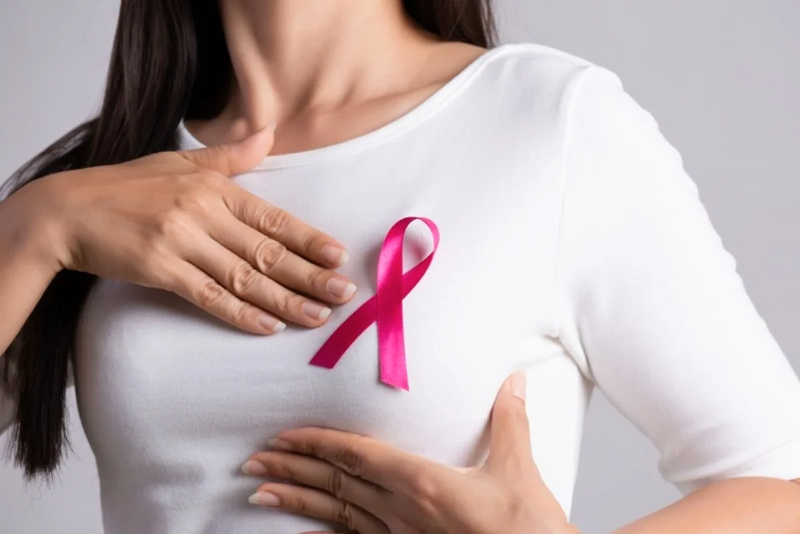One of the many potential indicators of breast cancer is a lump or mass in the breast. The skin over and around the breast may experience additional changes as a result of this cancer. Anyone who observes any of these changes ought to see a physician.
Breast cancer may occasionally go unnoticed, but a mammogram will often reveal a mass. Breast cancer can be found in its earliest and most curable stages by conducting screenings as advised by a doctor.
There may be a noncancerous underlying cause for each of these symptoms. However, individuals with these symptoms ought to consult a physician in case further testing is required to rule out both non-cancerous and cancerous conditions.
In this article, we go over a few possible breast cancer symptoms and signs that can appear without a palpable lump in the breast.
- Texture changes to the skin
Breast cancer can alter skin cells and inflame them, changing the texture of the skin as a result. Examples of these texture changes include skin thickening in any area of the breast and scaly skin around the nipple and areola that appears sunburned or extremely dry.
Although it is uncommon, these changes may also cause the itching that is frequently linked to breast cancer.
These skin changes could be signs of Paget’s disease, a rare type of breast cancer. Texture changes can also result from benign skin conditions like eczema and dermatitis.
- Nipple discharge
A person may notice nipple discharge, which can be clear, milky, yellow, green, or red in color and can be thick or thin. One nipple is usually the source of the discharge. However, if both breasts are cancerous, they may come from both nipples.
A milky discharge from the nipples is typical in breastfeeding individuals, but it is advisable to see a doctor if there is any other type of nipple discharge.
Nipple discharge is typically non-cancerous, but in some people, it may be a sign of breast cancer.
Birth control, some drugs, and some infections are additional potential causes of nappy discharge.
- Dimpling
Skin dimpling may occasionally be a symptom of aggressive breast cancer known as inflammatory breast cancer.
Lymph fluid can accumulate in the breast due to cancer cells, which can result in swelling, dimpling, or pitted skin. Anyone who notices skin dimpling must consult a doctor right away.
- Changes in lymph nodes
Immune system organs known as lymph nodes are tiny, rounded clusters that filter fluid and engulf potentially dangerous cells. These include cancer cells, bacteria, and viruses.
The underarm lymph node area on the same side as the affected breast is typically where a cancer cell goes first after leaving the breast. This may cause swelling in the region.
Swollen lymph nodes can be seen around the collarbone in addition to the armpits. They typically feel tender to the touch and can be small, firm, swollen lumps.
Get it checked
Lymph tissue, however, can also alter as a result of breast infections or other, unrelated illnesses. To determine a potential cause of these changes, a patient should discuss them with a doctor from Bajaj Finserv Health App.

